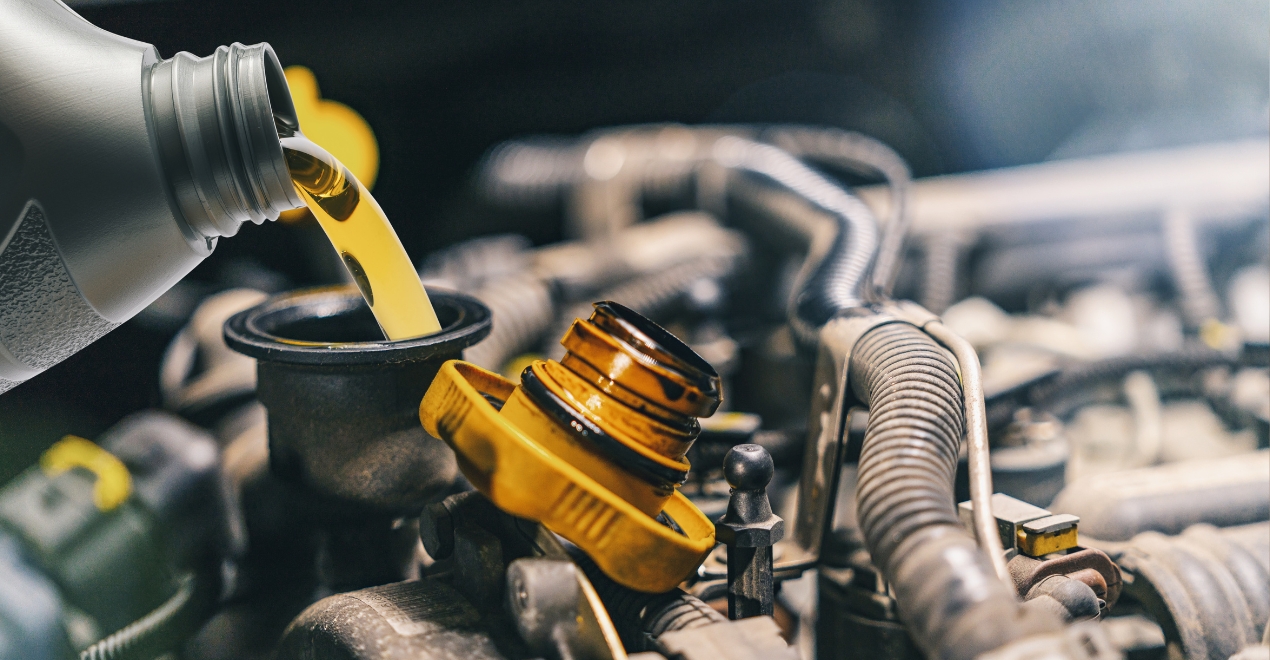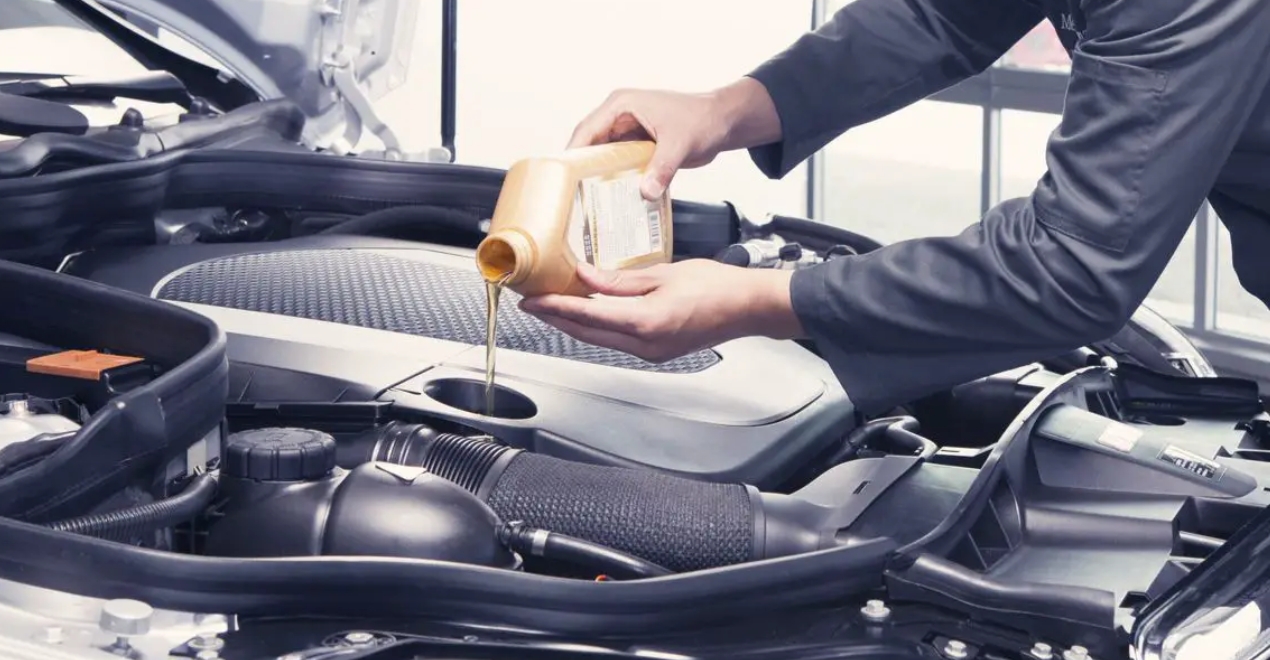Maintaining the correct oil level in your engine is crucial for its longevity and performance. However, many car owners wonder if it is safe to add oil to a hot engine. This article will explore the implications of adding oil to a hot engine, the potential risks involved, and best practices for maintaining optimal engine health. Experiencing engine trouble? Contact Crossroads Helpline for expert assistance and avoid costly mistakes.
Table of Contents
ToggleUnderstanding Engine Oil and Its Role

Engine oil is a critical component in the operation of a vehicle’s engine. It serves multiple purposes: lubricating moving parts, reducing friction, dissipating heat, and cleaning the engine by carrying away debris and contaminants. The right amount and type of oil ensure that the engine operates smoothly and efficiently.
When the engine is running, the oil circulates through various parts, absorbing heat and keeping components cool. This heat absorption is vital for preventing overheating and reducing wear and tear on the engine. Therefore, maintaining the proper oil level is essential to ensure that all engine parts are adequately lubricated and protected.
Oil also acts as a sealant, filling the tiny gaps between engine parts to prevent air and fuel from leaking. This sealing action helps maintain the engine’s efficiency and performance. Moreover, oil plays a role in preventing rust and corrosion by coating metal parts with a protective layer. Understanding these roles highlights the importance of proper oil maintenance, including knowing when and how to add oil.
The Effects of Adding Oil to a Hot Engine
Adding oil to a hot engine is a topic of debate among car enthusiasts and mechanics. One primary concern is the potential for thermal shock. When you pour cold oil into a hot engine, the sudden temperature change can cause engine components to contract and expand rapidly. This rapid change in temperature can potentially lead to cracks or warping in engine parts, particularly if the engine is extremely hot.
Additionally, pouring cold oil into a hot engine can affect the oil’s viscosity temporarily. Oil viscosity, or thickness, changes with temperature. Cold oil is thicker, while hot oil is thinner. When cold oil is added to hot oil, it can take some time for the new oil to reach the proper temperature and viscosity, which could affect the engine’s lubrication temporarily.
Another concern is safety. Adding oil to a hot engine can pose a risk of burns or injury. The engine and surrounding components can be extremely hot, and contact with these parts can cause serious burns. Moreover, spilling oil on a hot engine can produce smoke and potentially cause a fire hazard, especially if the oil comes into contact with hot exhaust components.
Despite these concerns, many modern oils are designed to withstand a wide range of temperatures, and engines are engineered to handle minor variations in oil temperature. However, it is always best to follow the manufacturer’s recommendations and exercise caution when adding oil to a hot engine.
Manufacturer Recommendations and Best Practices

Car manufacturers provide specific guidelines for maintaining engine oil levels, including recommendations on when to check and add oil. These guidelines are typically found in the vehicle’s owner manual and are designed to ensure optimal engine performance and longevity.
Most manufacturers recommend checking the oil level when the engine is cool or has been off for at least 10-15 minutes. This allows the oil to settle in the oil pan, providing an accurate reading. If the oil level is low and needs to be topped off, it is generally safer to add oil to a warm engine rather than a hot one. Allowing the engine to cool for a few minutes can minimize the risks associated with thermal shock and ensure the oil is distributed evenly.
When adding oil, use the type and grade specified by the manufacturer. Using the wrong type of oil can affect engine performance and potentially cause damage. Additionally, avoid overfilling the engine with oil. Overfilling can cause increased pressure within the engine, leading to leaks and potential damage to seals and gaskets.
It is also important to use a clean funnel to prevent contaminants from entering the engine. Dirt, debris, and other particles can affect the oil’s performance and potentially cause engine damage. Following these best practices can help ensure that adding oil to a hot engine is done safely and effectively.
Potential Risks and Consequences
While adding oil to a hot engine can be done safely with caution, there are potential risks and consequences to consider. One significant risk is thermal shock, as mentioned earlier. Rapid temperature changes can cause metal parts to expand and contract quickly, potentially leading to cracks or warping. This is particularly concerning in older engines or those with existing damage.
Another risk is inaccurate oil level readings. When the engine is hot, oil is distributed throughout the engine and may not have settled in the oil pan. Adding oil based on an inaccurate reading can lead to overfilling, which can cause increased pressure and potential damage to engine seals and gaskets. Overfilled oil can also foam, reducing its ability to lubricate engine parts effectively.
Additionally, adding oil to a hot engine increases the risk of burns and injuries. The engine and surrounding components can be extremely hot, and contact with these parts can cause serious burns. Spilled oil on a hot engine can produce smoke and potentially cause a fire hazard, particularly if the oil comes into contact with hot exhaust components.
Furthermore, adding oil to a hot engine can cause temporary viscosity changes. Cold oil is thicker than hot oil, and mixing the two can affect the oil’s ability to lubricate engine parts effectively until the new oil reaches the proper temperature. This temporary change in viscosity can affect engine performance and potentially cause increased wear on engine components.
Tips for Safely Adding Oil to a Hot Engine

If you find yourself in a situation where you need to add oil to a hot engine, there are several tips to ensure it is done safely and effectively. First, allow the engine to cool for a few minutes. While it may still be warm, this short cooling period can reduce the risks associated with thermal shock and burns.
Use a clean funnel to add oil to the engine. This helps prevent contaminants from entering the engine, which can affect oil performance and potentially cause engine damage. Pour the oil slowly to prevent spills and ensure that it is distributed evenly throughout the engine. Check the oil level after adding a small amount, and continue adding oil in small increments until the proper level is reached.
Be cautious of hot engine components. Wear protective gloves and long sleeves to reduce the risk of burns. Avoid touching hot parts, and be mindful of where you place your hands and tools. If you spill oil on a hot engine, clean it up immediately to prevent smoke and potential fire hazards.
After adding oil, start the engine and let it run for a few minutes. This allows the new oil to circulate and reach the proper temperature and viscosity. Check the oil level again to ensure it is correct, and monitor the engine for any signs of leaks or unusual noises. Following these tips can help ensure that adding oil to a hot engine is done safely and effectively.
Preventive Measures for Oil Maintenance
Preventing the need to add oil to a hot engine starts with regular oil maintenance. Regularly checking the oil level and condition can help identify potential issues before they become serious problems. Most manufacturers recommend checking the oil level at least once a month and before long trips. This helps ensure that the oil level is within the recommended range and that the oil is in good condition.
Regular oil changes are also crucial for maintaining optimal engine performance. Follow the manufacturer’s recommendations for oil change intervals, which can vary based on the type of oil used and driving conditions. Regular oil changes help remove contaminants and keep the engine running smoothly.
Inspect the engine for signs of oil leaks, such as oil spots on the ground or oil stains on the engine block. Address any leaks promptly to prevent them from worsening and causing more significant issues. Maintaining a clean engine bay can also make it easier to identify potential leaks and other problems.
Using high-quality oil and filters can help prevent issues and ensure optimal engine performance. Follow the manufacturer’s recommendations for the type and grade of oil, and choose reputable brands for both oil and filters. Avoid using additives or treatments unless recommended by the manufacturer, as they can sometimes cause more harm than good.
Finally, ensure that all engine components, such as gaskets and seals, are in good condition. Regular inspections during routine maintenance can help identify worn or damaged components that may cause oil leaks. Replacing these components as needed can prevent leaks and ensure that the engine remains properly lubricated and protected.
Conclusion
Adding oil to a hot engine can be done safely with caution and proper technique. Understanding the potential risks, such as thermal shock, inaccurate oil level readings, and burns, is essential for ensuring the process is done correctly. Following manufacturer recommendations and best practices can help mitigate these risks and maintain optimal engine performance.
Preventive measures, including regular oil maintenance, inspections, and using high-quality oil and filters, can help prevent the need to add oil to a hot engine. By staying vigilant and addressing potential issues promptly, vehicle owners can ensure their engines remain in good condition and avoid costly repairs.
In summary, while adding oil to a hot engine is not ideal, it can be done safely with the right precautions. Understanding the importance of engine oil, following best practices, and maintaining regular oil maintenance can help keep your engine running smoothly and efficiently.

